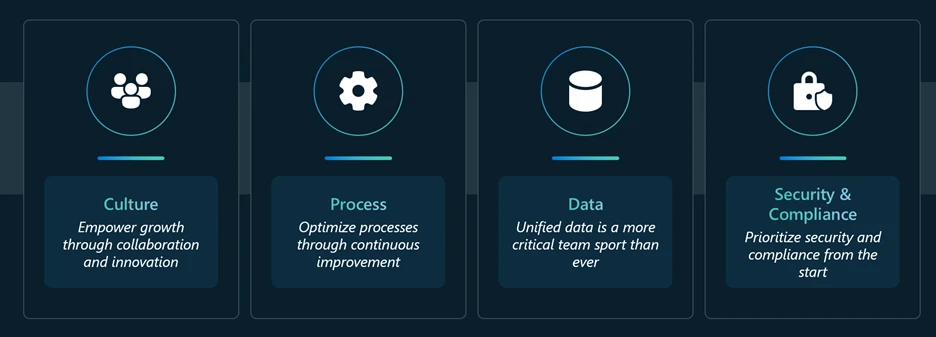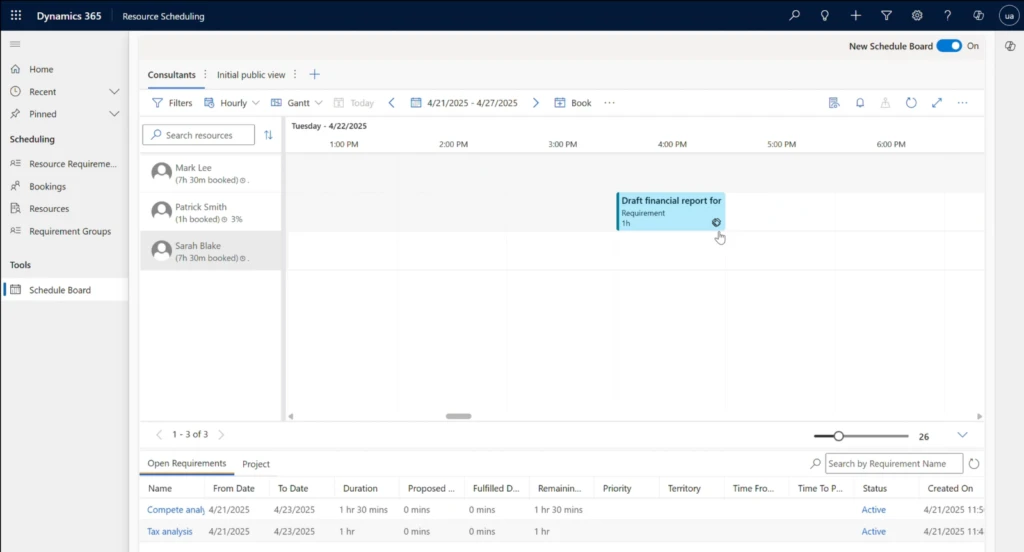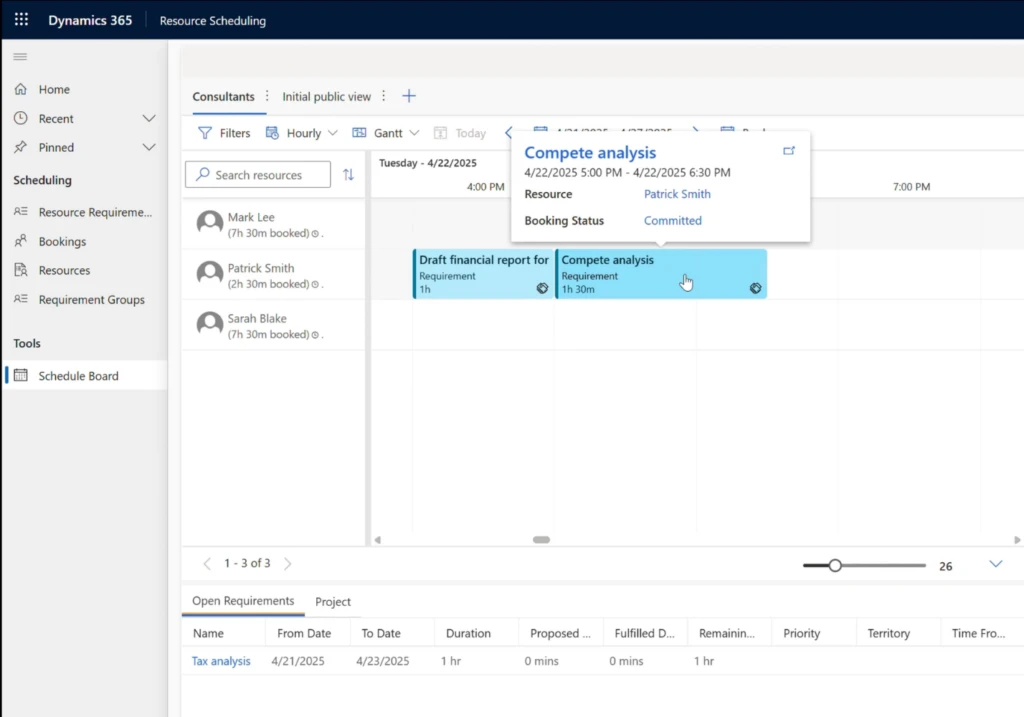
AI in sales: Applying historical lessons to modern challenges
This article is contributed. See the original author and article here.
The way sellers sell will change dramatically due to AI. In the ever-evolving landscape of sales, technology has consistently played a pivotal role in shaping strategies and outcomes. Each technological disruption has brought challenges and opportunities, from the shift to cloud computing to the advent of mobile work and the rise of social media platforms like LinkedIn. Reflecting on past disruptions is critical to navigating the future more effectively as we face another transformative wave with Microsoft Copilot and agents.
See the latest offerings from Microsoft to help scale sales teams with Copilot and agents.
The shift from on-premises to cloud computing
The transition from on-premises solutions to cloud computing was a monumental shift that redefined the sales landscape. Companies that embraced the cloud early on reaped significant benefits, including scalability, cost-efficiency, and enhanced collaboration. However, this transition was challenging.
Key pitfalls of the transition to cloud computing
- Security concerns. Many companies initially hesitated to move to the cloud due to security concerns. The fear of data breaches and losing control over sensitive information led to resistance and slow adoption.
- Integration challenges. Integrating cloud solutions with existing on-premises systems proved to be a complex and time-consuming process. Companies that underestimated the integration effort faced operational disruptions.
- Change management. The shift to the cloud required a cultural change within organizations. Companies that could have managed this change effectively struggled with employee resistance and low adoption rates.
What shifting to cloud computing processes teaches us about AI adoption
- Address security concerns early. Like cloud computing, security is a primary concern with AI solutions like Copilot and agents. Companies should invest in robust security measures and communicate these effectively to build trust. In addition, companies will want to use language models that are not trained using company data.
- Plan for integration. AI must integrate seamlessly with existing systems and workflows. A well-thought-out integration plan will be crucial to avoid disruptions. Using AI in the tools that organizations are already using will allow for a smoother implementation.
- Focus on change management. AI will significantly change how teams operate. Effective change management strategies, including training and clear communication, will drive adoption. Implementing Copilot and agents within existing applications can lower the entry barrier, allowing employees to experiment without learning a whole new application.
To help ensure successful adoption across your organization, explore the Microsoft 365 Copilot for Sales Success Kit to accelerate sales transformation with AI.
The advent of mobile work
The introduction of mobile phones and the ability to work through apps revolutionized sales. It allowed sellers to access information, communicate with clients, and close deals from anywhere, any time. This mobility brought unprecedented flexibility and efficiency, but also introduced new challenges.
Key pitfalls of working through mobile phones and apps
- Data security. Mobile devices became a new target for cyberattacks, and companies had to grapple with securing sensitive information on these devices.
- Device management. Managing a diverse range of devices and ensuring compatibility with enterprise systems was a significant challenge.
- Work-life balance. The ability to work anytime, anywhere blurred the lines between work and personal life, leading to burnout and decreased productivity. (I’m sure many of us can relate to that still today.)
What working via mobile teaches us about AI adoption
- Enhance data security. As AI tools become more prevalent, ensuring the security of data generated and used by these tools will be paramount.
- Standardize tools. To avoid compatibility issues, companies should standardize the generative AI tools and platforms they currently use.
- Promote work-life balance. Generative AI can enhance productivity, but setting boundaries to prevent burnout is essential. Encourage employees to use AI tools to work smarter, not harder.
Explore tools, practices, and policies Microsoft has created to uphold responsible AI principles.
Selling on social media: The LinkedIn revolution
The rise of LinkedIn transformed sales by providing a platform for networking, lead generation, and brand building. Sellers that used social media platforms gained access to new leads and opportunities. However, the platform also presented new challenges.
Key pitfalls of using social media for sales
- Content overload. With the influx of content on LinkedIn, standing out became increasingly difficult. Companies that could have created compelling and relevant content struggled to capture attention.
- Authenticity issues. The pressure to maintain a professional image led to inauthentic interactions, which could damage trust and relationships.
- Metrics misalignment. Many companies focus on vanity metrics like likes and shares rather than meaningful data points such as engagement and conversion.
What selling on social media teaches us about AI adoption
- Create valuable content. Copilot and agents can help create high-quality, relevant content that resonates with the target audience. Focus on value rather than volume.
- Maintain authenticity. Use AI to augment and enhance, not replace, human interactions. Authenticity should remain at the core of all AI-powered communications.
- Measure what matters. Define clear metrics for success and focus on outcomes that drive business value, such as lead generation and conversion rates.
The opportunity for early adopters of AI
Being an early adopter of Copilot and agents presents a unique opportunity to gain a competitive edge. Companies that embrace this technology can expect several benefits:
- Enhanced productivity. Copilot and agents can help automate repetitive tasks, allowing sales teams to focus on high-value activities.
- Personalized customer experiences. AI-powered insights can help tailor interactions to meet individual customer needs, improving satisfaction and loyalty.
- Innovative solutions. Early adopters can use AI to develop creative solutions and stay ahead of the competition.
The lessons learned from previous tech disruptors provide a valuable roadmap for adopting Copilot and agents into your sales processes. By applying these learnings, companies can avoid common pitfalls and unlock the full potential of AI to drive growth and innovation. The future of sales is bright with the power of AI, and those who learn from the past will be best positioned to lead the way and succeed.

The post AI in sales: Applying historical lessons to modern challenges appeared first on Microsoft Dynamics 365 Blog.
Brought to you by Dr. Ware, Microsoft Office 365 Silver Partner, Charleston SC.






Recent Comments